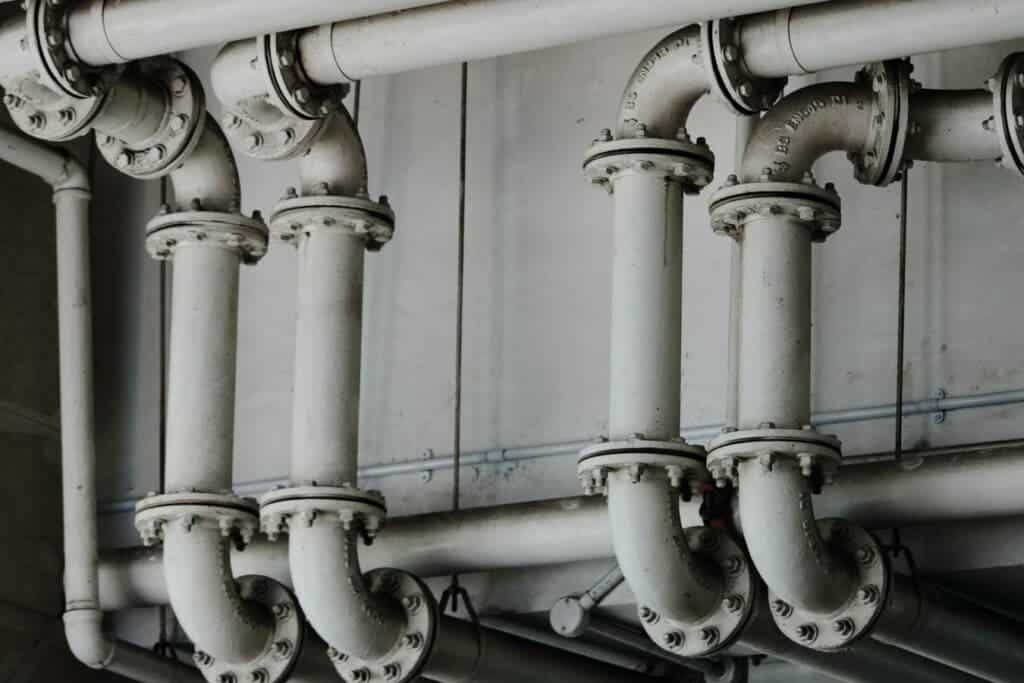Parts of the plumbing code in the country require a major overhaul, a team of engineers warn. There is a dire need for research to produce updated plans.

Many things have changed in recent years. Our technology has changed, our habits have changed, and in many ways, society has changed, too. But plumbing hasn’t changed all that much, and at least some features are still the same way they were designed in the 1920s.
Of course, saying that any infrastructure component is a hundred years old sounds pretty damning — and, in a sense, it is — but that’s not saying the whole story. Changing the way plumbing is designed implies changes on a massive scale, and any changes of this magnitude require serious research.
This is what engineers are essentially saying in this new report: we know things are antiquated, but we’re not really sure of the best way to improve them — so let’s start researching.
In a new “technical note”, engineers from the National Institute of Standards and Technology (NIST) address the most pressing issues to be researched.
“Plumbing design approaches, codes and standards have not kept pace with these changes, in large part because of the existence of significant technical knowledge gaps. Research is needed to address these gaps in support of water efficiency and water quality goals to ensure the effectiveness of these systems today and in the future.”
“This report documents specific research needs to advance plumbing system design, operation and maintenance, as well as the standards, codes and guidelines that apply to these systems.”
The aged concept at the core of the problem is something called Hunter’s curve.
Roy B. Hunter was an innovative engineer whose work in the 1920s through the 1940s revolutionized plumbing standards. Hunter developed a mathematical formula for calculating how much water a particular building needs, based on the number of fixtures inside. For most rental properties, the number of fixtures remains pretty stable — it’s not every day that you install or remove a new sink or toilet, so it’s a pretty reliable approximation.
But as access to water and different plumbing materials changed (and as requirements changed), the model stayed as it is. Hunter himself did tremendous work finessing his model, but it was ultimately out of his hands. Some pipes remained unused and inefficient, while others struggled to keep up with the demand and changing scenarios. Performance standards lagged the robustness of a modern approach.
Because it was such a gargantuan task, engineers constantly postponed adapting Hunter’s curve, and this procrastination has led to many buildings (even new ones) using an older model.
It’s not even just about efficiency — a lot of it is about sanitation. Essentially, the antiquated standard makes water more prone to developing bacteria.
At present, Hunter’s Curve often overestimates water demand in many places, causing designers to install oversized pipes. Where this happens, the water remains in the plumbing system for longer than the designer intended. This allows additional time for harmful bacteria to grow and for contaminants to leach from the pipes themselves into the water, says Dave Yashar, deputy chief of NIST’s Energy and Environment Division and co-author of the report.
“This document is intended for any organization that is planning plumbing research programs,” said Yashar. “It’s meant to help researchers figure out what information is needed to move industry forward.”
Researchers know water that stays stagnant for too long becomes unsafe — but we don’t really know exactly what “too long” means and how bacteria or contaminants leech in. The chemical and biological interactions at play here are not fully understood, the NIST explains.
Another problem is the lead contamination from aging plumbing infrastructure.
Lead contamination is probably the biggest issue plaguing aging plumbing infrastructure, in terms of its direct harm to residents and the multiple ways lead is entrenched in existing plumbing standards. The NIST explains:
“Lead […] was banned in 1986 as understanding of the dangers of lead exposure increased. However, lead persists as a problem, partially due to the inability to remove lead from existing infrastructure, and partially due to the limited technical understanding of how lead leaches into water.”
All this will take a lot of research to figure out, and a lot of research means a lot of time and money invested.
In the end, the report calls for better plumbing standard, obtained through a better understanding of all the biochemical factors involved, as well as the engineering part itself.
The list of 59 research needs largely draws from discourse among experts in academia, industry and government at a 2018 workshop, in addition to 26 responses to a notice published by NIST in the Federal Register.






